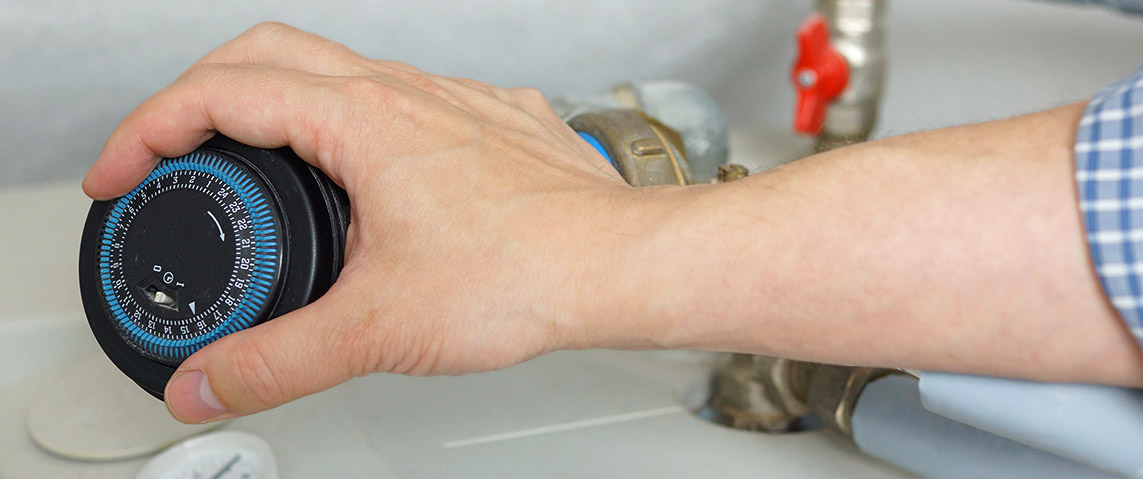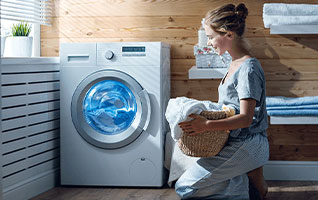Troubleshooting guide to central heating circulating pump

Before we begin addressing problems, malfunctions and general queries about the circulating pump of a central heating system, we will first start with the basic functionality and working of the circulating pump.
The circulating pump plays a vital role in keeping your home warm
.
The name itself is a dead giveaway, in essence, it is a water pump that moves the hot water from your central heater or boiler around the pipework of your home. Without the pump, the circulation of the heat would be a slow process and almost entirely dependent on the water pressure. The pump is usually located inside or near your boiler or somewhere close to the hot water cylinder.
Now that we know its function, let’s take a look at common problems that assail the circulating pump and signs to look for when you sense a malfunction in the system.
Signs the pump is not working & fixes
Some very overt signs that your circulating pump is not working efficiently or is on the verge of a breakdown include:
No hot water flow
Inefficient hot water flow
Water leaks from the pump
Excessive heat generated from the pump
All or some radiators do not heat up
Noises and creaks coming from the pump
Typically, these problems are caused by blockages in the system and more often than not, can be easily fixed.
We’ll now take a closer look at these problems and propose some solutions to them, some might need a technician or engineer’s hand but others you can fix yourself without any assistance.
No running water in the system
If your circulation pump is running but there isn’t any water flowing through the heating system you could either have a damaged propellor or the shaft might be stuck.
If the shaft is simply stuck, you could try giving it a light tap to free it up but this is only a temporary solution and if it does get stuck repeatedly you may have to consider replacing the component.
This is where you will need an engineer to give you a hand as you don’t want to risk damaging any parts of the system or accidentally causing yourself any harm.
Blockage in the pump
Blocks in your pipes are caused by a build-up of sediments, usually a sludge of residue and tiny metal particulates. Over time, this residue can grow substantially and lead to blocks in your pipes or lodge themselves in the moving components like the circulating pump.
Regular maintenance is advised to prevent this from happening but you will know that there might be a sediment build-up when your heating system takes much longer than usual to warm up the house.
Fortunately, it’s not a major cause for concern, unfortunately, this isn’t something you can learn out yourself, have an engineer over to perform a system check and clean out all the blockages.
Pump leaks
The most common cause for leaks in the pump is plain and simple use. Over time, the pump could loosen up some parts due to the vibrating motor and leaks caused this way are natural and no cause for alarm.
If your pump is leaking and has stopped working, however, you could be facing a blown seal or some other component that has gotten damaged.
You can try fixing this one yourself with a wrench or an adjustable spanner, tighten all the visible joints and fittings on the pump and hopefully, that will fix the leak. If that doesn’t work it means some older parts have worn out or corroded and need replacing. Worst case, you may have to replace the entire pump if the damaged parts are irreplaceable.
If however, the seal on the joint is the source of the leak you should just call an engineer to take a look at it instead as this one is much trickier to tackle and needs a professional.
Creaky or noisy pump
Noise in your circulation pump is usually caused by airlocks inside the pump and with a simple screwdriver, can be fixed in no time.
First, turn off the power supply and look for the small bleed screw on the pump. Keep in mind that the pump will be full of water and you should place a cloth or towel under the screw before loosening it.
Very slowly and gently, turn the screw about 30 degrees to allow the air to escape. Give it a few seconds and tighten it back.
You can now turn the power supply back on to check if that fixed the problem.
If this did not work, you may be looking at a loose bearing in the pump and will most likely need to look for a replacement.
Power trouble
If your boiler has power but your circulation pump does not you will have to get an engineer over to take a look at the wiring. Corrosion is a very common cause for wiring going askew but in older pumps, it could spell the end of their usefulness.
Another issue caused by wiring defects or corrosion is having trouble with the speed settings on the circulation pump. Most pumps have speed settings between 1-3 and if your central heating system isn’t doing its job you can try adjusting this setting. If this does nothing to help, the speed and flow settings might need to be adjusted or you could have a damaged circuit in the pump. Either way, this is a task best left to an engineer.
On a final note, it is worth mentioning that a rare problem with a newly installed pump is that it could simply be fitted in the wrong way and simply refitting it can sort things out.
How we can help
Hopefully, this article answers most of your questions about managing your circulating pump and while this overview can help you with telltale signs to keep an eye out for when it comes to malfunctions, in the event of a breakdown or emergency, we do have another option.
Our boiler breakdown insurance will keep you covered for disastrous events or emergencies and the problem will be solved in record time.
Our network of professionals spans the entire UK for boiler repairs.
With our boiler breakdown insurance cover, you’ll have your central heating system and circulating pump back up and running before you know it.
Visit us online for more information on boiler insurance coverage or you can contact us directly.

 Home Emergency
Home Emergency 
 Home Appliances
Home Appliances 
 Landlord Home Emergency
Landlord Home Emergency 





 Motor Breakdown Cover
Motor Breakdown Cover 


 Infotainment
Infotainment 

 Home Emergency Insurance
Home Emergency Insurance Home Appliance Insurance
Home Appliance Insurance Landlord Home Emergency
Landlord Home Emergency TV Brands
TV Brands